Amazon Ads is one of the largest advertising solutions that exist today. It, therefore, does not defy logic why many sellers are turning to it for their advertisements, brand visibility, and to boost sales. But what really is Amazon Ads? Can you use it for analytics and to gain insights into buyer behavior?
Amazon Ads is an advertising solution that helps companies connect with millions of shoppers across Amazon’s ecosystem and beyond. Designed to support enterprises of all sizes, this tool offers options to promote individual products, help build brand awareness, and target specific customer groups based on shopping behaviors.You can also use it to collect data on customer buying behavior.
The platform offers services ranging from self-service options like sponsored products to full services like Amazon DSP. It also comes with analytical tools, such as Amazon attribution and AWS QuickSight, which help your business understand ad performance across channels.
Amazon Ads Functionality
Amazon Ads is a form of pay-per-click advertising. Advertisers purchase or pay for ads that show up whenever a customer searches for specific keywords related to their products. If you are looking to use Amazon Ads, here are a few of its key features and data tools to consider:
- Sponsored Brands: Highlights your business’ custom headline, logo, and up to three products for brand-building.
- Sponsored Products: Cost-per-click (CPC) ads that feature an individual product listing, which increases their visibility and drives sales. The feature also promotes select premium apps and websites.
- Sponsored Display: Utilizes automatically generated ad creatives to reach the target audience based on their shopping interests.
- Amazon DSP (Demand-Side Platform): A service that allows advertisers to programmatically buy audio, video, and display ads on Amazon or third-party websites or apps to showcase their products to existing or potential customers.
- Sponsored TV: A self-service streaming TV ad solution for businesses of any size to inspire and engage with customers.
- Integration with Amazon S3: Using Amazon S3, businesses can store and manage large volumes of data, such as product images and customer targeting lists. These assets can then be seamlessly transferred to Amazon Ads campaigns to streamline advertising workflows. Amazon S3 also connects you to analytical software like AWS QuickSight for in-depth analytics.
Amazon Ads Data Transfer
Amazon Ads is part of the Amazon ecosystem. So, you can use other tools on Amazon like Amazon S3 and analytics tools like Amazon Attribution along with Amazon Ads. The data you collect through ads can be transferred to Amazon S3 for storage or to connect to other marketing analytic tools. Data transfer between the two is seamless once you set up the data flows.
Let’s say you want to transfer your Amazon Ads data to Amazon S3. Here are a a few simple steps follow:
- Log in to Amazon Ads, generate a custom report, and download it in a compatible format like CSV.
- Ensure the file is organized, cleansed, and ready for storage in S3.
- Create an S3 bucket, configure settings, and set permissions for secure access.
- Upload manually via the S3 console, use AWS CLI, or automate with SDKs or third-party tools.
- Use the Amazon Ads API or AWS services like Glue or Lambda for scheduled data extraction and uploads.

Amazon Ads Reporting
Amazon Ads offers report generation tools that provide insights into campaign performance. These analytical tools help advertisers track metrics like Advertising Cost of Sales (ACoS), Click-Through Rate (CTR), Impressions, and the RoAS (Return-on-Ad-Spend).
These reports can be accessed in the Amazon Ads console, a self-service that advertisers can use to create and manage sponsored ads. This allows users to choose the campaign type they desire whether it is sponsored brands or sponsored products, to name a few.
With Amazon Ads, advertisers can generate real-time or historical reports, downloadable in various formats for analysis. The marketing analytic tools help them optimize campaigns and make data-driven decisions to enhance Ad effectiveness.
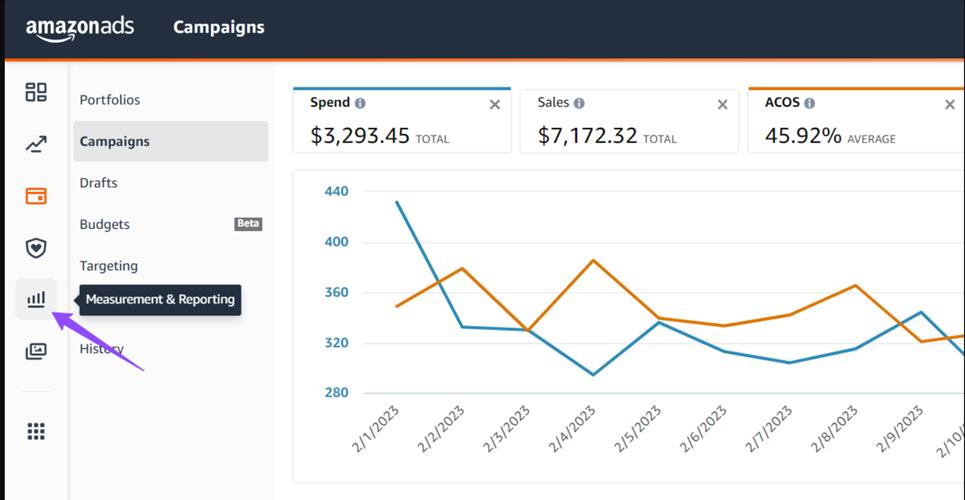
Amazon Ads Customer Support
Amazon Ads offers many ways to contact customer support. These options ensure advertisers receive assistance with their campaigns and account issues, and they include:
- Help Center: Gives access to self-service resources such as guides and articles.
- Phone support: Connect with support agents over the phone.
- Email support: Submit inquiries via email for detailed assistance from an Amazon Ads representative.
- Live chat: Available for direct and real-time support with quick responses.
For the most part, customer feedback on Amazon Ads support is positive. A considerable number of users appreciate their helpfulness and swift responses. But, there are a few who share their discontentment with the services of this brand, which is justified. Amazon Ads is a complex system, and miscommunication can occur. Below is one such review:

Amazon Ads Price Breakdown
Amazon prides in giving an advertising solution for any budget in Amazon Ads. Therefore, expect Amazon Ad prices to vary based on the type of Ad, the competitiveness of the niche, and seasonality. For most estimates, Amazon Ad CPC (cost-per-click) averages $0.95, so the price can be a little higher for premium placements. For Amazon Ads CPM (cost per thousand impressions) pricing, common with Amazon DSP Ads, prices can range from $4.00 to up to $12.00.
Amazon Ads Free Trial
In the traditional sense, Amazon Ads does not typically offer a free trial. However, new advertisers tend to benefit from the promotional credit offers that Amazon provides to help them kickstart their campaigns.
These promotions can be applied to services like sponsored brands, products, and displays. New users use these credits to test the platform and gain insights into its performance before they commit to paying a price.
This initial credit allows advertisers to explore different ad formats, targeting options and bid adjustments. Nonetheless, it is important to note that the number of promotional credits can vary; we advise that you check Amazon Ads’ latest offers for specific eligibility.
Amazon Ads Price Packages
While Amazon Ads does not follow a subscription-based model, it offers flexible pay-as-you-go pricing, which is customized to individual campaign types. Here is an overview of it’s pricing structure:
- Sponsored Ads: Whether it’s sponsored brands or products, allow advertisers to pay only when potential shoppers click on their ads.
- Amazon DSP: This package combines a cost and fee model to allow advertisers to add optional services like measurements, advanced targeting, and managed services, with Ad placement across Amazon’s network and third-party sites.
- Amazon publisher services pricing: Operates on a cost-per-mille (CPM) basis, with variable CPMs determined by open auction demand and fixed CPMs set through pre-negotiated guaranteed or non-guaranteed deals.
- Amazon Ad servers: The price is ascertained by negotiated region-specific rates with no extra fees or inquiries.
Amazon Ads Customer Reviews
Based on user reviews publicly available on credible sources like G2, Amazon Ads receive praise from users.
Customer A
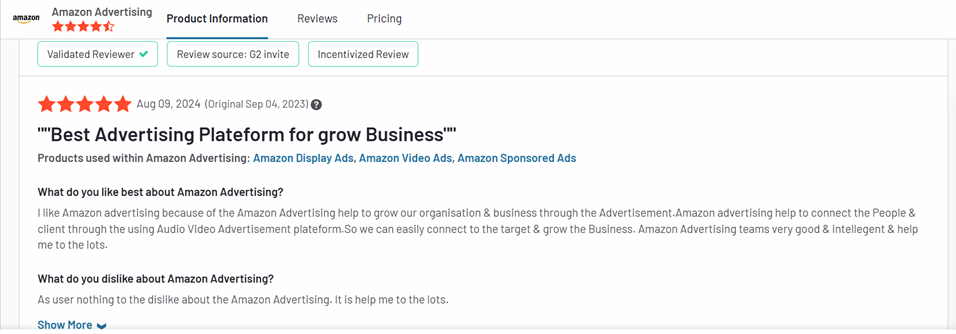
This user perceives that Amazon Ads are an overly reliable tool, ideal for users looking to expand their reach and boost their sales. This can’t be far from the truth, although there could be concerns over high competition and value for money, especially when your ads are not well-optimized and planned.
Customer B

This user appreciates the Amazon Ads interface’s user-friendly design and easy-to-use setup process. It’s all thanks to its automatic targeting option, which simplifies the process by doing the heavy lifting for you. Also, its self-services ad solutions are pretty easy to use as you can set them up in a matter of minutes even if you have never advertised before.
Amazon Ads Pros and Cons
| Pros | Cons |
| Straightforward: Amazon Ads doesn’t require much, which allows new users to run ads reasonably quickly, as it has an automatic targeting option. | You may need to spend more to be noticed: It is easy to start on Amazon Ads, but sometimes, it requires users to increase their budget if they need more traction. |
| Has multiple advertising options: Amazon ads are well-established and offer various ad types, such as Amazon-sponsored products, brands, displays, and stores. | Amazon Ads need a lot of time and resources: It requires you to use multiple Ad strategies to grow your brand, among them money, time and other resources. |
| Highly flexible: Amazon Ads offer users the ability to set up targeting options to easily identify core customers and serve pertinent Ads. | High competition for Ad space: There are a ton of sellers who use Amazon Ads every day, which leads to competition for Ad space. |
| Provides stronger customer insights: Amazon Ads provide users with insights that they can leverage across various digital channels and provide them with a better overall picture of customers and their interests. |
Verdict
Amazon Ads have, for many years and continue delivering a powerful, accessible advertising platform that supports businesses by helping users reach millions of potential customers. You can use ads to generate valuable data about your market as you increase your brand’s reach and visibility.Amazon Ads are part of the AWS ecosystem and give you access to tools likeAmazon S3 and QuickSight for storage and analysis.
You can use these tools to analyze and manage your data automatically without leaving your Amazon Ads platform. All these tools are flexible, easy to use and you enjoy quality support from the Amazon dedicated teams.
Although there are some limitations, like lack of free trials, high competition, and some requiring more resources, Amazon Ads remains a valuable choice for most brands as a practical way to enhance their visibility.
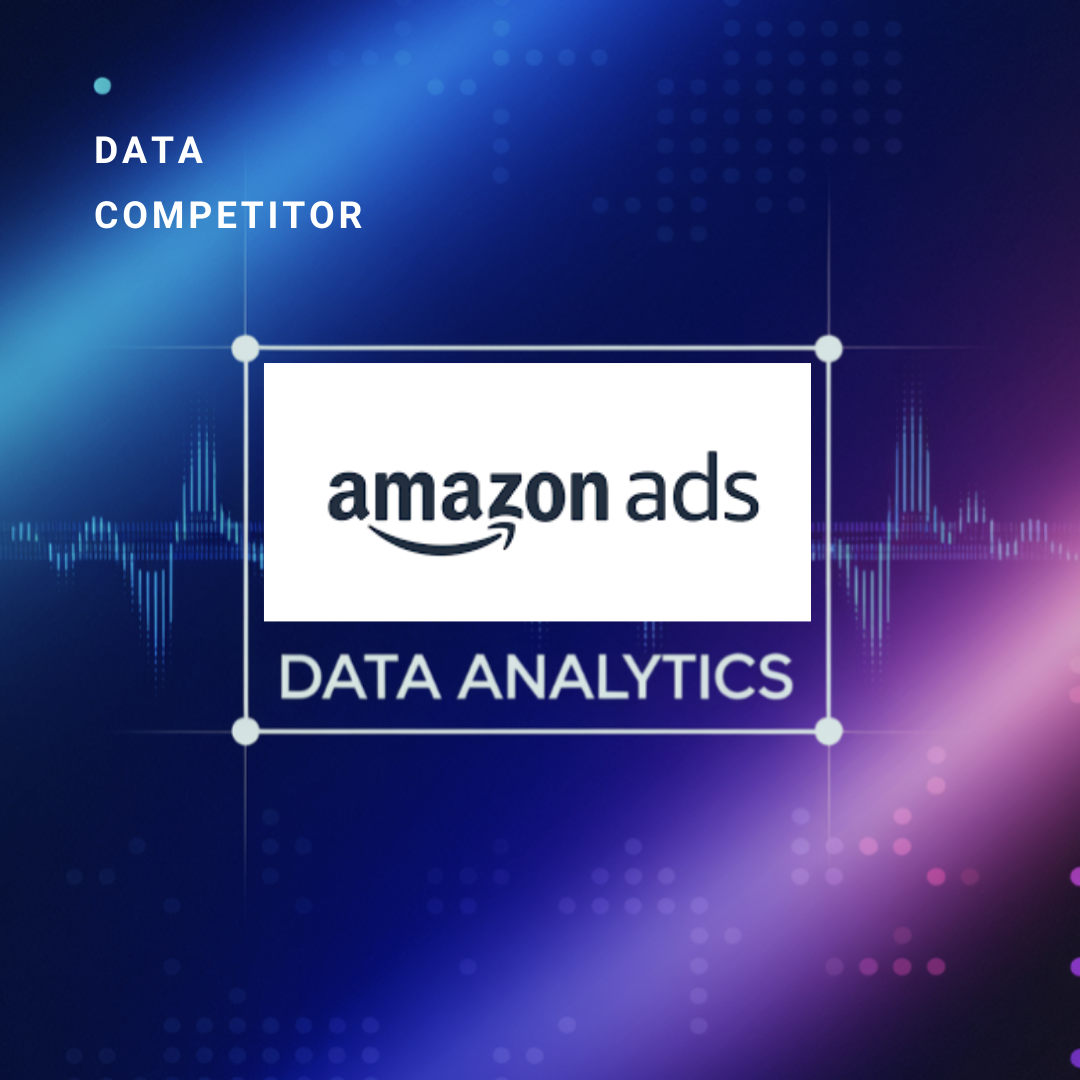
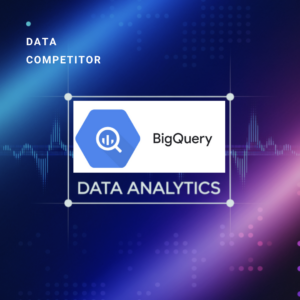
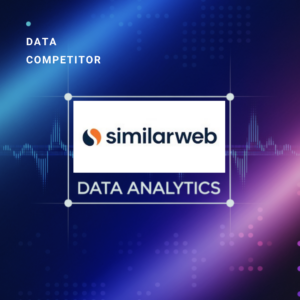


Leave a Reply